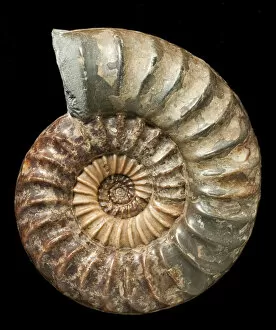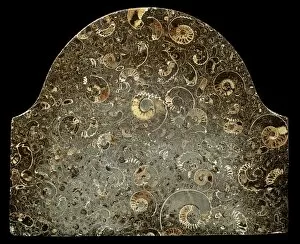Asteroceras Collection
Asteroceras: A Glimpse into the Ancient Seas 🌊🐚 Step back in time and explore the fascinating world of Asteroceras
For sale as Licensed Images
Choose your image, Select your licence and Download the media
Asteroceras: A Glimpse into the Ancient Seas 🌊🐚 Step back in time and explore the fascinating world of Asteroceras, a genus of fossil ammonite that thrived millions of years ago. These incredible creatures, preserved as Ammonite fossils C016 / 5969 and C016 / 4870, offer us a window into Earth's prehistoric oceans. Crafted from exquisite Ammonite marble, these stunning specimens showcase the intricate spiral shells that once housed these ancient cephalopods. The delicate beauty and its companion Promicroceras ammonites is truly awe-inspiring. Ammonites have captivated scientists and enthusiasts alike for centuries with their remarkable diversity. From large to small, their sizes range across an impressive spectrum. Some even serve as memorial stones, forever preserving the memory of loved ones who have passed on. The selection of fossil ammonites available allows collectors to curate their own piece of history. Among them is Asteroceras obtusum, known for its distinctive rounded shell shape. Another notable find includes Asteroceras marstonensis alongside Promicroceras ammonites—a testament to the coexistence and interconnectedness within ancient ecosystems. As we marvel at these extraordinary relics from our planet's past, let us appreciate how they remind us of our ever-changing world. Each Asteroceras tells a story waiting to be discovered; it invites us to ponder life's mysteries while honoring those who came before us.










